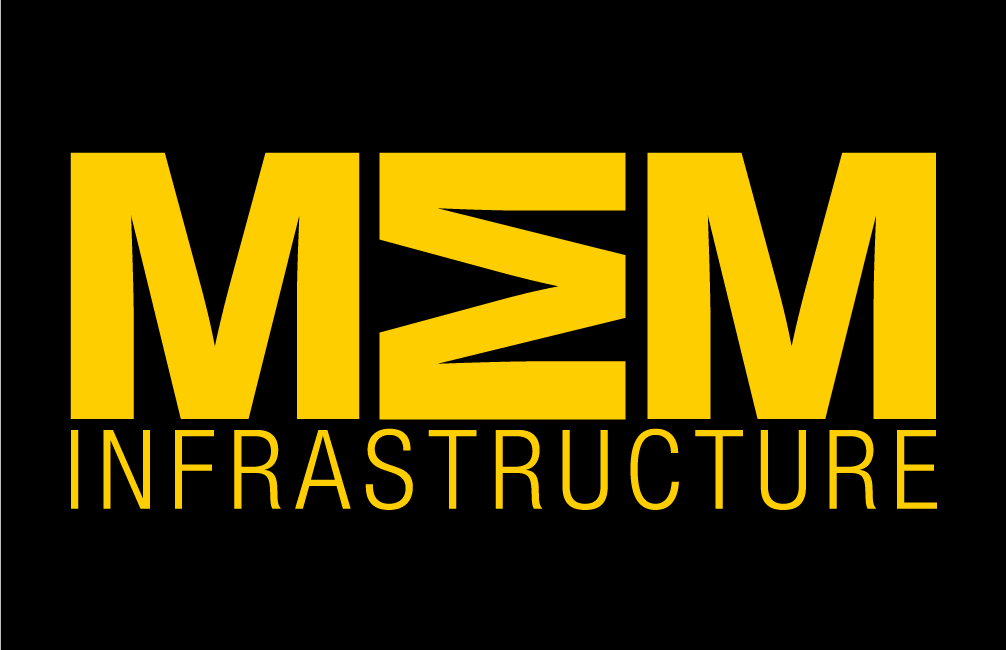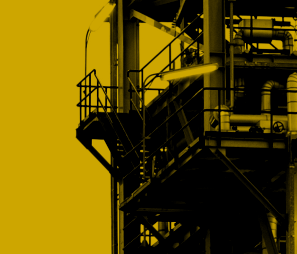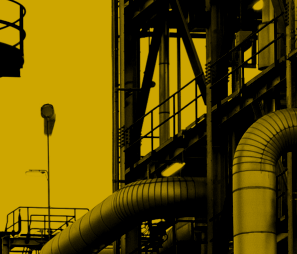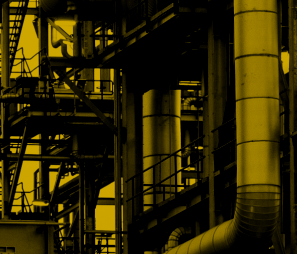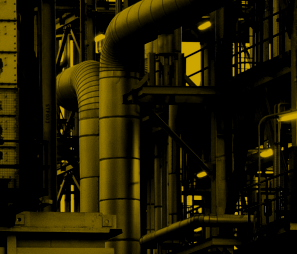According to the Siemens True Cost of Downtime report, an hour’s unplanned downtime in 2022 cost manufacturers 50 per cent more than in 2020. This heightened economic impact underscores the critical need for proactive strategies in mitigating downtime risks. In manufacturing, improving crane power quality can increase uptime and ensure productivity, explains Andy Swann, business development manager for cranes and power transmission at power quality specialist CP Automation.
Large gantry cranes are production-critical in many manufacturing facilities. Operators regularly use them to load and unload large heavy metal parts on the factory floor. However, as with any electrical equipment, there are underlying risks associated with poor power quality.

While major outages may get the most attention, a series of intermittent faults or trips can be just as disruptive. I’ve seen large steel foundries where downtime costs £250,000 per hour — often because of smaller issues. Even a minute’s interruption equates to thousands of pounds of lost production.
Wear and tear
Faults are usually caused by either physical circuitry issues, like damage and wear and tear, or issues in the electricity supply. For example, if the busbar on a gantry is physically degraded or damaged, the carrier won’t be able to draw current from the worn area, and the crane could be stranded if it stops there.
This won’t necessarily put the crane out of action completely, but it will cause delays. Operators can mitigate this issue by installing a tandem carrier to the tow arm. Even though one carrier may not have a proper connection to the busbar, a tandem carrier will ensure that the second will and that the crane remains operational.
The root of power issues
While external damage to the crane’s components can be easy to spot, detecting issues with the power supply requires specialised equipment. A power quality survey, for example, involves deploying sophisticated metering monitoring technology to collect data on key parameters like voltage, current, power factor, and harmonic distortion.
Any identified issues with power supply going into the crane are then investigated to determine underlying causes, such as faulty equipment or overloaded circuits. Based on the findings, power quality specialists can recommend solutions to rectify the issues and prevent future problems.
A heartbeat is a good analogy for power quality. During a scan, doctors look for a consistent rhythm. “If you have an issue with your heart, you have inconsistencies in that [rhythm],” said Carl Kasalek, CEO of energy consultancy WattLogic. “And that’s where we start to worry because that causes problems in your body.”
These inconsistencies can then disrupt equipment. “Even if it’s a millisecond, it starts to cause ripple effects downstream, much like we see in kind of the human heart,” added Kasalek.
Harmonics and transients
Transients are brief, powerful spikes in the electrical signal, which are unavoidable where high currents are rapidly switching. If left unchecked, a single transient can cause a range of problems, like switching off a crane’s control gear, burning out cables or blowing inverter drives.
On one project, we were called out to a metal rebar bending site in North West England. The customer’s crane at the site was still operational, but the radio controls were dropping out and causing downtime.
“As a demonstration, we fitted a SineTamer surge protection device just after the supply that was feeding all the cranes,” explained John Mitchell, power quality specialist at CP Automation. “During that 30-minute demo, we caught over 40,000 transients on the LCD display. The staff had been reporting dropouts every day, but while the demo unit was in place, there wasn’t a single one.”
Like transients, harmonics are impossible to detect by eye but can disrupt any electrical system. In gantry cranes, harmonics can cause premature component wear, imprecise positioning and reduced efficiency. Once the issue is identified, installing specialised filters can help operators eliminate harmonics and reactive displacement — keeping their cranes up and running.
Power quality issues, like harmonics, continue to pose a risk in industrial cranes, so working with a power quality specialist like CP Automation can help operators and facilities managers avoid the costs that come with unexpected failures and downtime.
Manufacturing & Engineering Magazine | The Home of Manufacturing Industry News


